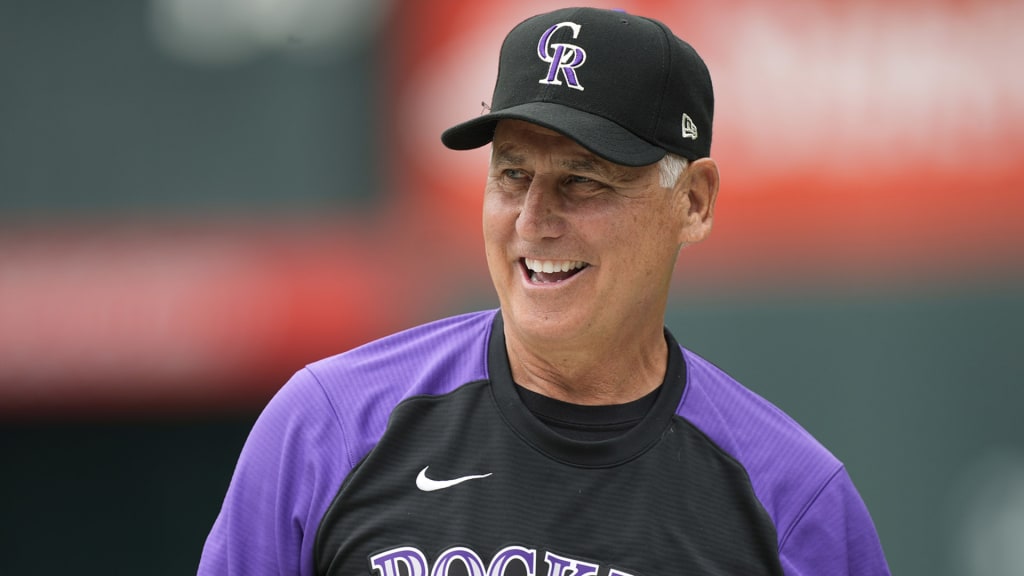
DENVER -- A golden opportunity to alter course awaits the Rockies.
Sure, that may seem like an odd statement to make after three straight fourth-place finishes in the National League West, a front office that is in one sense new, but in another unchanged, and the departure of pitcher Jon Gray and an almost certain goodbye from shortstop Trevor Story has left fans with a same-ol’, same-ol’ feeling.
But it needn’t be that way.
There are clear free-agency avenues to address a lack of power hitting, and even without Gray, the Rockies have a solid-enough rotation core to believe they can surprise in the division if they properly address their needs. General manager Bill Schmidt, heading into his 23rd season with the Rockies but first in the GM role, has the payroll flexibility to make smart splashes in the areas of need.
Understandably, though, the fan base will need proof that things are different. They’ve seen the Rockies rely mostly on organization products -- a policy that often leads to long seasons of growing pains, but sometimes produces surprise contending years. And for the Rockies, waiting for homegrown players can be a hard habit to break.
Here are three questions that will be answered quickly in the runup to 2022:
1. Can the Rockies beat deeper-pocketed competition for big bats?
The new front office and field staff, led by manager Bud Black, have made little secret of the need to restore some power to an offense that has been lacking.
Kyle Schwarber, Kris Bryant and Michael Conforto are clear targets in the outfield corners. One of them, or someone who can offer similar run production, simply has to end up in Purple Pinstripes for the front office to prove things are going to be different. Of course, many big-market teams are after the same guys.
2. Are there trades to be made?
We’re not going to expect the Rockies to completely change their stripes. Don’t expect them to deal players they have built around -- All-Star right-hander Germán Márquez, left-hander Kyle Freeland and third baseman Ryan McMahon.
But can the Rockies match up their holes with another team? A possibility, for instance, would be trading outfielder Raimel Tapia, who is projected by Cot’s Baseball Contracts to make $4 million via arbitration, to a club that needs speed for a player or two without adding to the payroll. Dealing lower-level prospects, an area of depth, also could help the big club.
3. Does it all have to happen now?
The Rockies’ inability to make moves before the lockout, and the fact many teams carrying larger payrolls have the same needs as they do, gives rise to a theory that they can do a little adding now and do the rest if they are in contention at the Trade Deadline.
While that makes some sense, many times the Rockies are not in contention in July, and the Deadline has been about either subtracting or (in the cases of Gray and Story last year) not finding the right deal and standing pat.
Now is the time to be bold enough to have a team that is postseason-relevant from the start.
